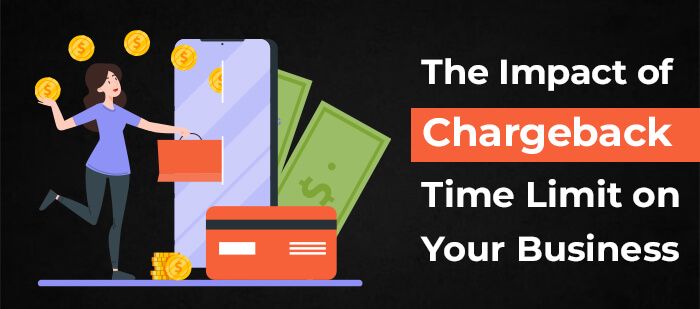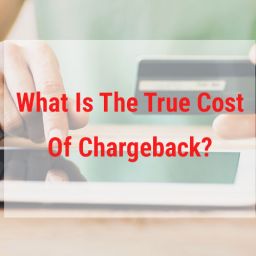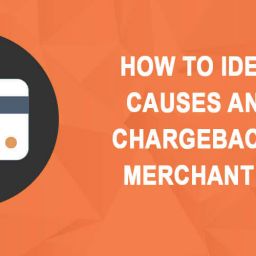
Running a successful business is complex and fraught with numerous challenges. One significant hurdle faced by many businesses, especially those in e-commerce, is dealing with chargebacks. Particularly, the Chargeback Time Limit is an aspect that merchants must keenly pay attention to, as it can substantially influence their bottom line and overall business operations.
Understanding the Chargeback Time Limit
The Chargeback Time Limit is a specified period during which a customer can contest a transaction and request a refund from their credit card company. The duration for this is generally 120 days from the day of purchase.
However, this can vary depending on the nature of the transaction, the card network involved, and the underlying reason for the dispute. As a merchant, it’s imperative to be aware of these timelines to effectively manage your resources and curtail potential losses.
Knowing your chargeback time limit helps to ensure that you can respond adequately and on time to any dispute, thus preventing any unnecessary financial losses. Ignorance of this time limit can be a costly mistake, resulting in automatic loss of the dispute if the response deadline is missed.
Some Related Blogs
- Get to Know Your Visa Chargeback Time Limits
- Unmasking Fraud in the Age of Open Banking
- APP Fraud and Payments: The Unseen Threat and How to Confront It
- Understanding the Ins and Outs of Late Presentment Chargeback
Impact of Chargeback Time Limit on Your Business
Chargebacks bear substantial consequences for your enterprise. Initially, they result in revenue losses. When a chargeback occurs, it signifies a reversal of a previous sale, adding to the financial loss considering the cost of the goods or services already provided.
Additionally, a high volume of chargebacks can tarnish your standing with credit card processors. A consistently elevated chargeback ratio might land your business on the MATCH list, complicating your efforts to obtain a merchant account in the future.
Lastly, neglecting the chargeback time limit can lead to an automatic loss in disputes. Unawareness or disregard for the response deadlines can result in losses that could otherwise be contested and potentially reversed. Monitoring and understanding these time limits is therefore crucial in maintaining a healthy financial state for your business.
Strategies to Reduce Chargebacks and Their Impact
Managing chargebacks effectively requires proactive measures. One crucial strategy is prioritizing excellent customer service. This involves providing truthful and detailed product descriptions, ensuring prompt delivery, and maintaining open lines of communication with customers.
![]()
Email us anytime!
Email customer service 24/7
![]()
Call us anytime!
Reach customer care 24/7 at +1 (888) 901-8653
Also, a transparent billing process can prevent chargebacks. By using clear billing descriptors, customers can easily recognize transactions, thus reducing the likelihood of them disputing charges.
In addition to this, employing fraud prevention tools can help to identify and block fraudulent activities, which are a common source of chargebacks. Also, meticulous record-keeping of all transactions can support your dispute process should a chargeback occur.
Remember, the objective is to minimize the occurrence of chargebacks rather than just handling them when they happen. By implementing these strategies, you can significantly reduce the impact of chargebacks on your business’s profitability and reputation.
Importance of Tracking Chargeback Time Limits
Being mindful of chargeback time limits is a crucial part of maintaining a successful business. As a merchant, you need to be alert to all deadlines attached to each chargeback case. This awareness ensures that you allocate enough time to prepare a compelling dispute response with the necessary evidence. This proactive approach could be the difference between losing money to chargebacks or having them reversed.
Equally important is analyzing the chargeback time limit data to spot any recurring patterns. By identifying consistent trends in chargeback cases, you can glean valuable insights into possible pain points in your sales or customer service methods that might be contributing to high chargeback occurrences. This understanding, in turn, allows you to proactively fix these issues and reduce future chargeback incidences.
Leveraging Technology to Manage Chargeback Time Limit
In today’s tech-savvy era, businesses are blessed with an array of technological tools aimed at mitigating the impact of chargebacks and streamlining the dispute process. One such potent tool is the chargeback management software. It works by providing real-time dispute notifications, which ensure you’re aware of any impending chargeback disputes as they occur.
The software further assists you in crafting comprehensive and persuasive dispute responses, making sure you have the best shot at winning the dispute. Notably, it helps keep track of crucial deadlines, a feature that can greatly reduce the risk of losing disputes due to missed deadlines.
By incorporating such technology into your chargeback management strategy, you can save time and resources, leaving you with more bandwidth to focus on key business growth activities. Therefore, it’s more than just a convenience – it’s a strategic business decision aimed at safeguarding your revenue and reputation.





